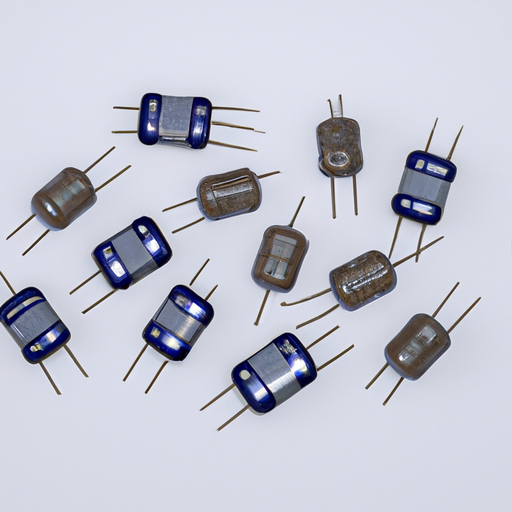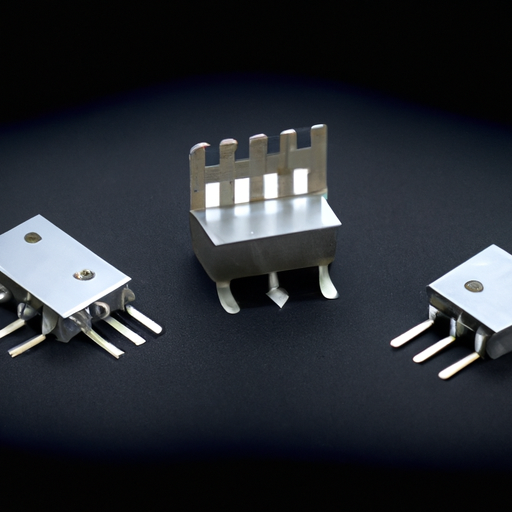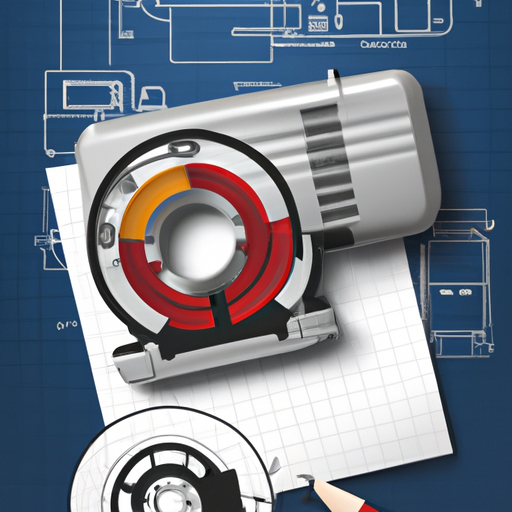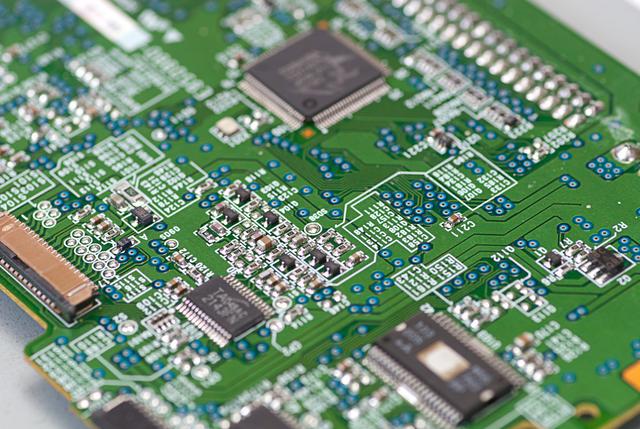The Production Process of the 30W Mercedes-Benz G Series
I. Introduction
The Mercedes-Benz G Series, often referred to as the G-Class, has long been a symbol of luxury, performance, and rugged capability. Since its inception in the late 1970s, the G-Class has evolved from a military vehicle into a high-end SUV that combines off-road prowess with urban sophistication. The introduction of the 30W model marks a significant milestone in this evolution, showcasing the brand's commitment to innovation and quality. Understanding the production process of the 30W model not only highlights the meticulous craftsmanship involved but also underscores the importance of quality assurance and innovation in automotive manufacturing.
II. Design and Development
The journey of the 30W model begins with a comprehensive design and development phase. This process starts with conceptualization, where market research and consumer feedback play crucial roles. Mercedes-Benz conducts extensive studies to understand consumer preferences, ensuring that the new model meets the demands of its target audience. The design philosophy for the 30W model emphasizes a blend of modern aesthetics and the classic ruggedness that the G-Class is known for.
Once the initial concepts are established, the engineering team employs advanced Computer-Aided Design (CAD) modeling and simulations to create a virtual representation of the vehicle. This stage allows engineers to test various design elements and make necessary adjustments before moving to the prototyping phase. Prototypes are built to evaluate performance, safety, and overall functionality. The iterative design process involves multiple rounds of stakeholder reviews, where feedback is incorporated to refine the final design before it receives approval for production.
III. Sourcing and Supply Chain Management
With the design finalized, the next step is sourcing materials and managing the supply chain. The 30W model is built using high-quality materials that ensure durability and performance. Mercedes-Benz prioritizes sustainable sourcing practices, selecting suppliers who adhere to environmental and ethical standards. The criteria for selecting suppliers are stringent, focusing on quality, reliability, and the ability to meet production demands.
Collaboration with suppliers is essential, as it allows for effective quality control measures throughout the production process. The logistics and inventory management systems are designed around just-in-time manufacturing principles, which minimize waste and ensure that materials arrive precisely when needed. This approach helps manage supply chain disruptions, allowing for a smooth production flow.
IV. Manufacturing Process
The manufacturing process of the 30W model takes place in state-of-the-art production facilities, strategically located to optimize efficiency. These plants are equipped with the latest technological advancements, including automation and robotics, which enhance precision and speed in the assembly process.
The assembly line is divided into several stages, each focusing on a specific aspect of the vehicle's construction. The first stage involves chassis construction, where the vehicle's frame is built to withstand the rigors of off-road driving. Following this, the body assembly takes place, where the exterior panels are fitted onto the chassis. The engine installation is a critical stage, as it involves integrating the powertrain that will deliver the performance expected from a Mercedes-Benz vehicle. Finally, the interior fitting stage sees the installation of luxurious materials and advanced technology, ensuring that the cabin meets the high standards of comfort and sophistication.
Quality control measures are integrated throughout the manufacturing process. In-line inspections are conducted at each stage to identify and rectify any issues before they escalate. Once the vehicle is fully assembled, it undergoes final quality assurance testing, which includes functionality tests and aesthetic evaluations to ensure that every 30W model meets Mercedes-Benz's rigorous standards.
V. Customization and Personalization
One of the standout features of the 30W model is the extensive customization options available to buyers. Mercedes-Benz understands that luxury consumers often seek to personalize their vehicles, and the 30W model offers a range of exterior and interior customization options. Buyers can choose from various paint colors, wheel designs, and interior materials, allowing them to create a vehicle that reflects their personal style.
Performance upgrades are also available, enabling customers to enhance the vehicle's capabilities further. The role of customer feedback in this process is invaluable, as it helps the company tailor features to meet consumer demands. Limited editions and special models are often introduced based on popular trends and customer preferences, ensuring that the G-Class remains relevant in a competitive market.
VI. Final Inspection and Delivery
As the production process nears completion, each 30W model undergoes comprehensive quality checks. These checks include functionality tests to ensure that all systems operate as intended, as well as aesthetic evaluations to confirm that the vehicle meets the high standards of luxury associated with the Mercedes-Benz brand.
Once the final inspections are complete, the vehicles are prepared for delivery. Packaging and logistics for delivery are carefully planned to ensure that each vehicle arrives at its destination in pristine condition. Transportation methods are selected based on efficiency and safety, and the dealer network is equipped to provide customers with various delivery options, including direct delivery to their homes.
VII. Post-Production Support
The commitment to quality does not end with the sale of the vehicle. Mercedes-Benz offers comprehensive warranty and service programs for the 30W model, providing coverage details that reassure customers of their investment. After-sales service is crucial, as it helps maintain the vehicle's performance and longevity.
Continuous improvement is a core principle at Mercedes-Benz, and the company actively gathers customer feedback for future models. This feedback loop allows the brand to implement changes based on performance data and consumer experiences, ensuring that each new iteration of the G-Class builds on the successes of its predecessors.
VIII. Conclusion
The production process of the 30W Mercedes-Benz G Series is a testament to the brand's dedication to quality, innovation, and customer satisfaction. From the initial design and development stages to the meticulous manufacturing process and post-production support, every aspect is carefully orchestrated to deliver a vehicle that meets the high expectations of luxury SUV buyers.
The significance of the 30W model in the automotive market cannot be overstated. It represents a harmonious blend of tradition and modernity, appealing to both long-time fans of the G-Class and new customers seeking a premium driving experience. As Mercedes-Benz continues to innovate and adapt to changing market demands, the future of the G-Class looks promising, with exciting trends in production and technology on the horizon.
IX. References
For further reading on the production process and innovations at Mercedes-Benz, consider exploring industry publications, automotive news websites, and official Mercedes-Benz resources. Acknowledgments go to industry experts and publications that provide insights into the automotive manufacturing landscape.













